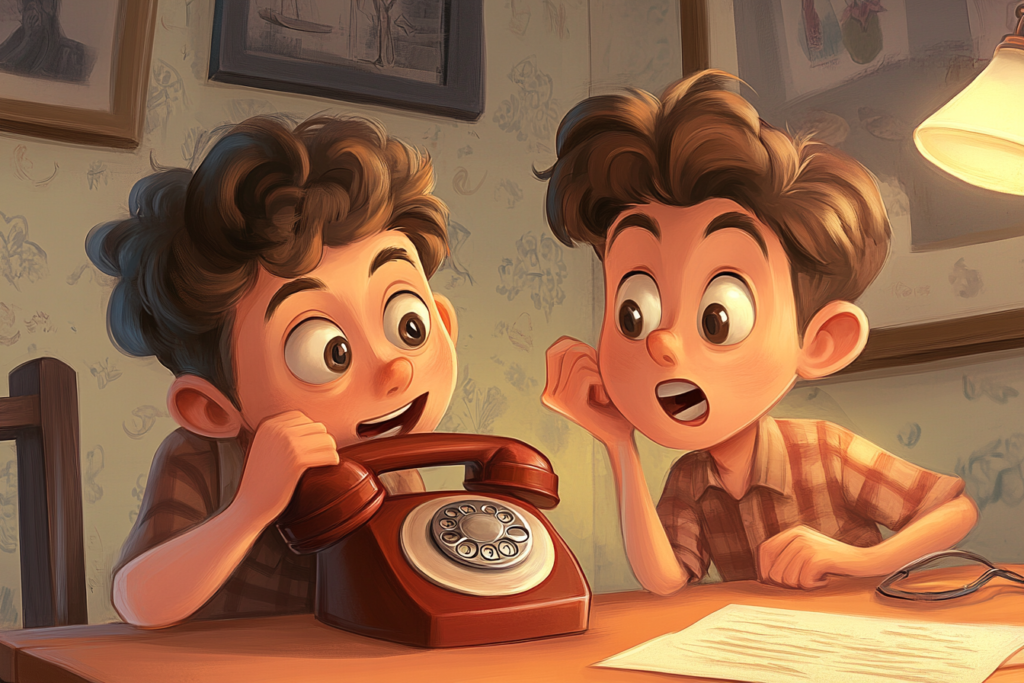
Yesterday I wrote about how I almost ripped my bumper off on a fire hydrant, despite 4 decades of driving experience and a vehicle equipped with sensors and cameras.
That experience reminded me of a video that made the rounds a while back — Gen Z teens presented with a rotary telephone and given four minutes to make a call. (See it here)
If you’re over 40 or so, you’re probably thinking: “Four minutes? I could dial a rotary phone number in 10 seconds with my eyes closed!”
Yet these bright 17-year-olds couldn’t figure it out. They twisted the receiver, poked at the holes, and tried everything except the one thing that seems absurdly obvious to anyone who grew up before touchscreens: you put your finger in the appropriate numbered hole and rotate the dial clockwise until it stops. Then wait for the dial to whirr back to the original position and repeat for the next digit.
What’s so poignant isn’t the teens’ failure — it’s the absolute certainty among older viewers that the task is “impossible to mess up.”
This dovetails to my fire hydrant story because both illustrate the same inescapable product development truth: expertise creates blindness to your customers’ situation.
And then, we become blinded to the blindness itself.
When you’ve internalized a process or interface so thoroughly that it becomes second nature, you seriously cannot see how someone else might struggle with it. Your brain filters out the friction points because they no longer register as obstacles.
I’ve watched brilliant product teams become genuinely frustrated watching user tests: “Why can’t they just push the damn button? It’s RIGHT THERE!”
But is it really? Or is it hidden in plain sight, like a rotary phone’s operation or a fire hydrant in your blind spot?
Product Payoff: Intuit transformed tax software by embracing this reality. Instead of designing TurboTax around tax forms (which would be obvious to tax professionals), they built it around ordinary people’s understanding of life events: “I bought a house,” “I had a baby,” “I started freelancing.” This approach helped them capture 73% of the tax software market despite higher pricing than competitors who designed for “obvious” tax knowledge.
Action for today: Identify one “obviously simple” part of your product’s user experience. Then find someone who has never used your product and watch them try to use it without instructions. Don’t intervene — just observe and take notes. The gap between what you expect and what happens is your product’s rotary phone moment.
Want to discuss how to bridge the expertise gap in your product design? Tap that blindingly obvious reply arrow and let’s talk about finding blind spots before they find your customers. Or reach out to my team of product marketing experts at Graphos Product.
